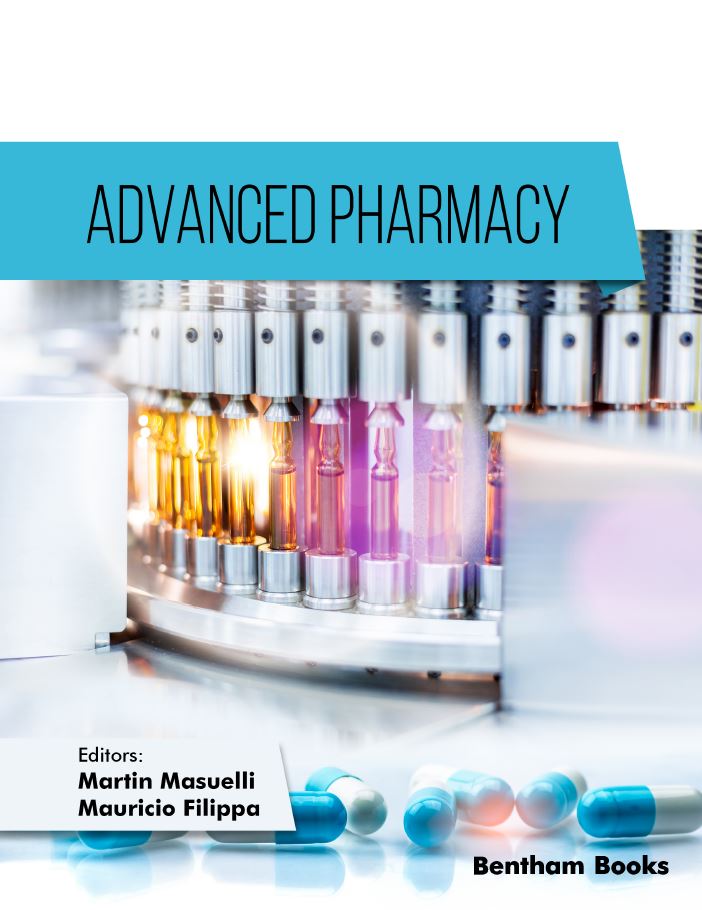Extraction Techniques in Green Analytical Chemistry

- Authors: Andres Fabián Pighin1, Laura Natalia Rigacci2, Emiliano Camilli3, Ana Clara Chirillano4, Juan Ángel Cufré5, María Emilia Villanueva6
-
View Affiliations Hide Affiliations1 Universidad Nacional de Luján (UNLu) Departamento de Ciencias Básicas, Ruta 5 y 7 Luján, Buenos Aires, Argentina 2 Universidad Nacional de Luján (UNLu) Departamento de Ciencias Básicas, Ruta 5 y 7 Luján, Buenos Aires, Argentina 3 Universidad Nacional de Luján (UNLu) Departamento de Ciencias Básicas, Ruta 5 y 7 Luján, Buenos Aires, Argentina 4 Universidad Nacional de Luján (UNLu) Departamento de Ciencias Básicas, Ruta 5 y 7 Luján, Buenos Aires, Argentina 5 Universidad Nacional de Luján (UNLu) Departamento de Ciencias Básicas, Ruta 5 y 7 Luján, Buenos Aires, Argentina 6 Universidad Nacional de Luján (UNLu) Departamento de Ciencias Básicas, Ruta 5 y 7 Luján, Buenos Aires, Argentina
- Source: Advanced Pharmacy , pp 330-364
- Publication Date: September 2023
- Language: English
Analytical chemistry determinations are not exempted from generating environmental contamination. A variety of strategies are now being proposed to reduce the impact on the environment caused by the different stages of the analytical process. These strategies can focus on the different stages of the analysis, ranging from sample collection and preparation to the acquisition and processing of analytical signals. Sample preparation constitutes a basic and crucial stage in the success of any analytical method and extraction is one of the most chosen techniques. Extractions often involve the use of a large amount of harmful solvents that may damage the health of the operator and the environment, into which these solvents are disposed of, often without treatment. Therefore, new techniques have been applied in order to reduce the impact of this procedure, also focusing on lowering the costs and complexity, always taking into account the quality of the procedures. Current trends in green analytical chemistry are directed towards simplification, miniaturization, and automation, also involving the use of solvent-free, environmentally friendly procedures and, at the same time, maintaining acceptable extraction efficiencies in a short time. In this chapter, the fundamentals and technological advances in green extraction systems will be presented. Through representative examples of different compounds in different matrices, the advantages and limitations of different procedures will be presented, including ultrasound-assisted extraction, pressurized solvent extraction, microwave-assisted extraction, single drop liquid-liquid extraction, headspace extraction, dispersive liquid-liquid microextraction, hollow-fiber liquid-phase microextraction, micro-solid phase extraction, stir-bar sorptive extraction and stir-cake sorptive extraction
-
From This Site
/content/books/9789815049428.chap13dcterms_subject,pub_keyword-contentType:Journal -contentType:Figure -contentType:Table -contentType:SupplementaryData105

